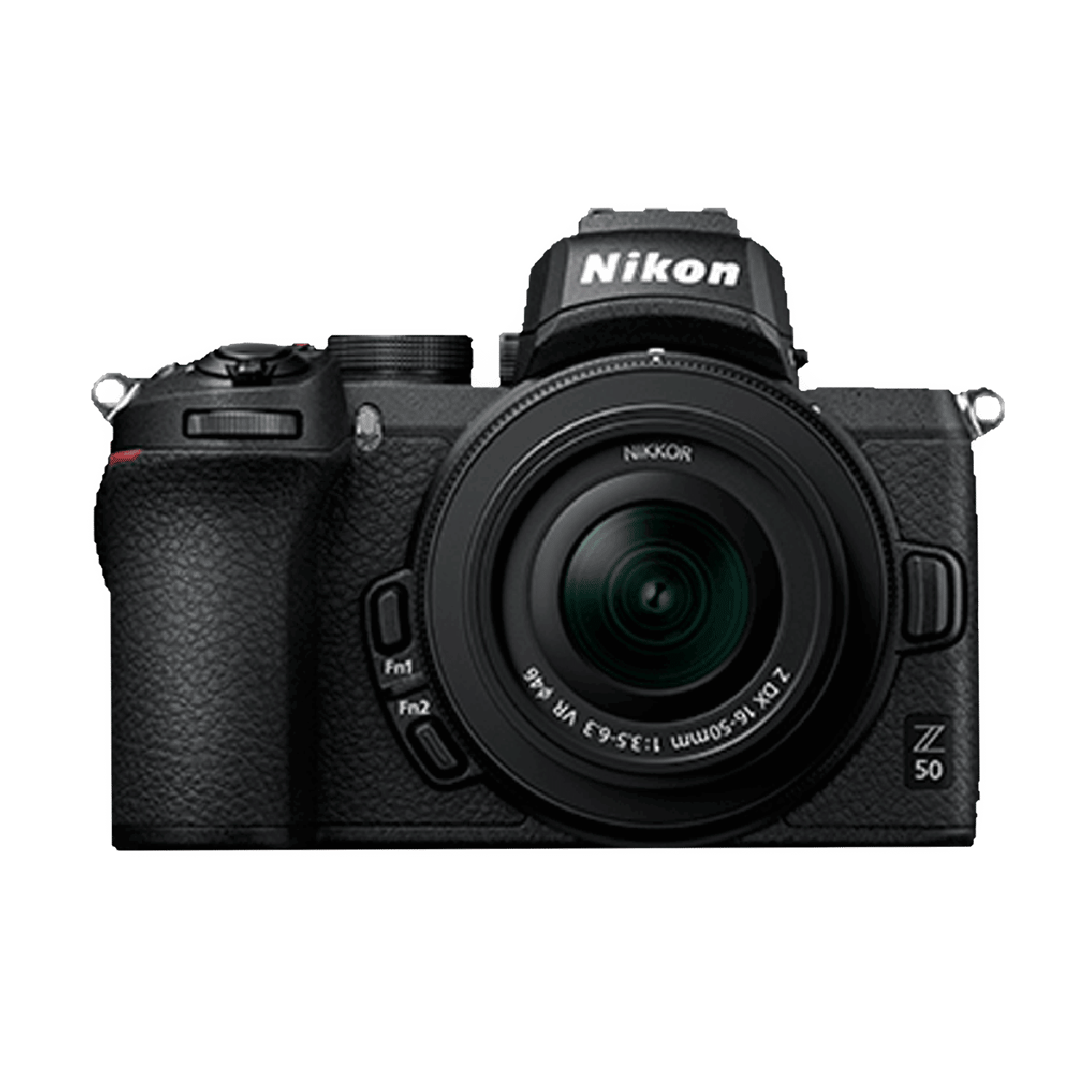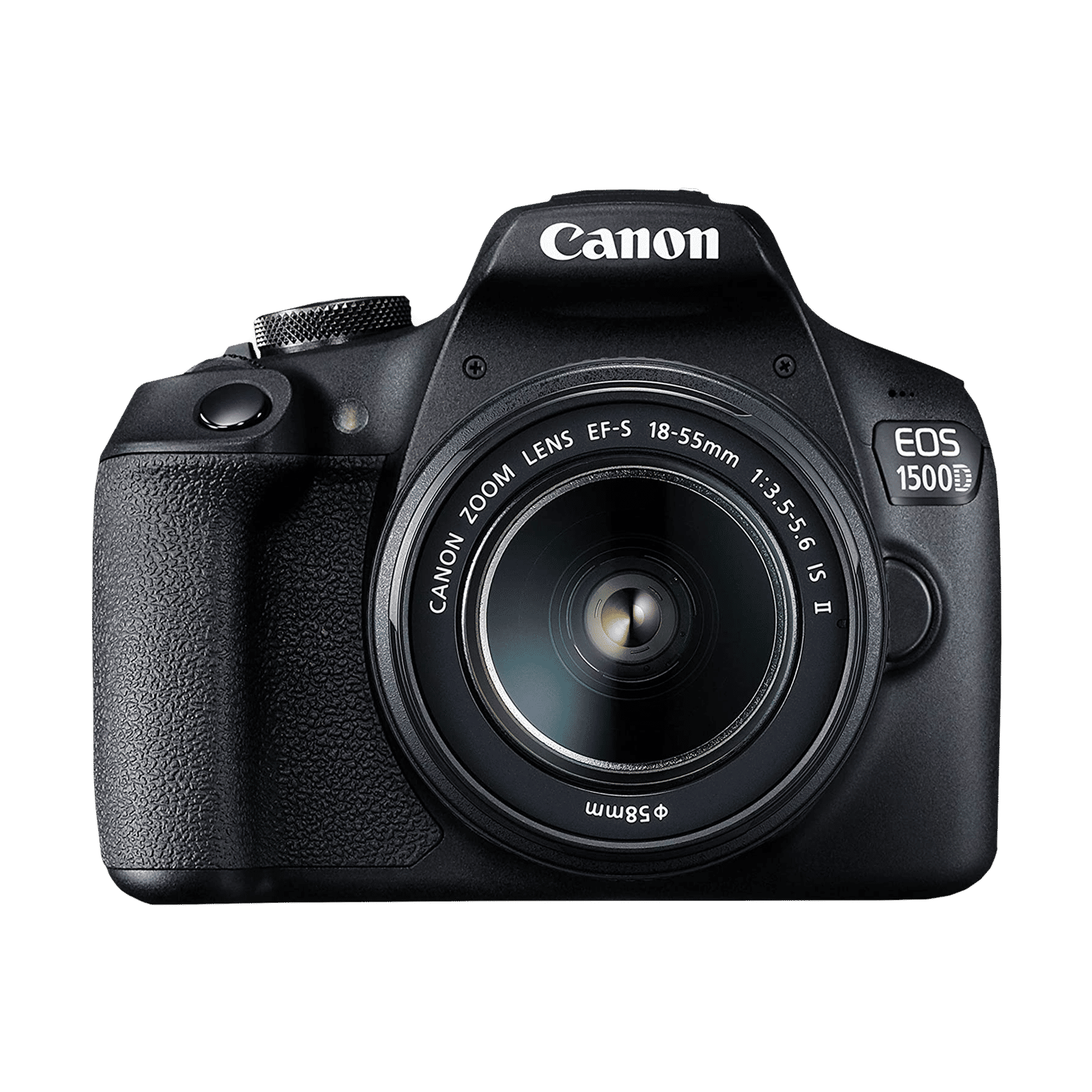We are in an age where smartphones have surpassed certain kinds of cameras. They easily fit into your pockets, are far more convenient to use, and click good photos, if not better. So why should one care for a DSLR? Why do you need to carry those bulky cameras with their long lenses? To answer these questions, let’s first see what a DSLR camera is, and then see if you really need one.
What is a DSLR camera?
DSLR is the abbreviation for Digital Single Lens Reflex. Here, ‘Digital’ means that the camera operates with a fixed digital sensor. ‘Single Lens’ means that the camera uses a single lens for everything from framing and focusing, to shooting a photograph.
Lastly, ‘Reflex’ refers to the built-in system where a mirror directs the incoming light towards the optical viewfinder. This last bit allows the photographer to see an exact view of the scene they plan to photograph.
ALSO READ: 10 ways to keep your laptop protected
Unlike the SLRs of old, which used films to capture photographs, DSLRs are able to store thousands of photos on a chip-sized internal memory card.
How does a DSLR camera work?
There are two main aspects to a DSLR camera, which work in conjunction to give you your desired photograph. These are the camera body and the lens.
Light enters through the lens into the camera, and reaches the mirror mount, which then reflects it to the optical viewfinder. This allows the photographer to see their subject through the optical viewfinder.
When the shutter button is pressed, the mirror flips up, letting the light through to the digital image sensor, where the photo is then captured on an SD card.
Once the photo has been clicked, all the moving parts go back to their previous state. It all sounds complicated, but the whole process takes place in the flash of a second without any lag or latency.
Why do you need a DSLR camera?
No matter how convenient smartphones or point-and-shoot cameras are, they can’t match the photographic prowess or versatility of a DSLR camera. It all starts with the image sensor, which determines the quality of the photo. DSLRs being bulky can host a much larger sensor, which results in superior-quality photos.
ALSO READ: Eight ways to decorate and make your laptop look new
These easy-to-use cameras also won’t give you the ability to adjust exposures, depth of field or even shoot in extreme low light. In comparison, DSLRs give you control over nearly every aspect of the photo before you hit that shutter button.
So if you’re willing to take up photography seriously, then a DSLR is absolutely the basic requirement. A quick search on croma.com will throw up a wide variety of DSLRs on sale, ranging from entry-level to medium-format models. Depending on your skills (and budget), you can start with an entry-level model, and then steadily progress to higher-grade variants.
Another advantage of DSLRs is the ability to interchange lenses based on your photography needs. There are thousands of lenses available from brands like Canon or Nikon, and even third-party brands like Sigma or Tamron. What really adds to the DSLR’s versatility is that you can mount a professional-grade lens on the most basic camera body.
Unleash your inner geek with Croma Unboxed
Subscribe now to stay ahead with the latest articles and updates
You are almost there
Enter your details to subscribe

Happiness unboxed!
Thank you for subscribing to our blog.
Disclaimer: This post as well as the layout and design on this website are protected under Indian intellectual property laws, including the Copyright Act, 1957 and the Trade Marks Act, 1999 and is the property of Infiniti Retail Limited (Croma). Using, copying (in full or in part), adapting or altering this post or any other material from Croma’s website is expressly prohibited without prior written permission from Croma. For permission to use the content on the Croma’s website, please connect on contactunboxed@croma.com
- Related articles
- Popular articles














Sambit Satpathy
Comments